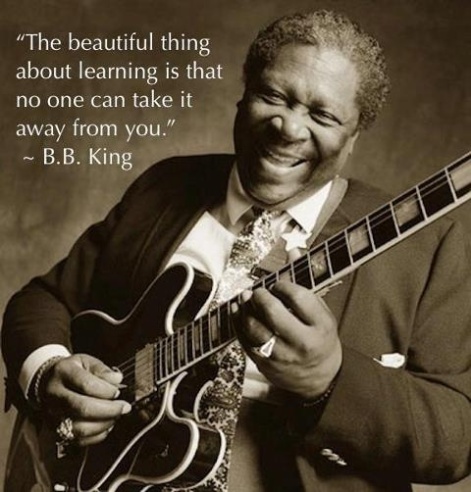Our lives are to be used and thus to be lived as fully as possible, and truly it seems that we are never so alive as when we concern ourselves with other people.
~ Harry Chapin
Students will learn more from text that is unpretentious and emotive rather than complex and informational. Readings in the classroom should stimulate student feelings and stir up emotions rather than stifle student feelings and suppress emotional responses.
Heavy emphasis on hard skills leaves students unprepared for the real “tests” in life. Students will be far better prepared for the academic, social, and emotional challenges of college and careers once they have learned how to connect with and effectively manage their complex emotions, rather than training them to connect with and independently master complex informational text.
If your emotional abilities aren’t in hand, if you don’t have self-awareness, if you are not able to manage your distressing emotions, if you can’t have empathy and have effective relationships, then no matter how smart you are, you are not going to get very far. ~ Daniel Goleman
Songs are a timeless expression of the human experience. They capture the history of events, ideas, and people that have shaped our pluralistic society. Song lyrics are an excellent teaching tool that will engage, excite and inspire young people.
The creative and critical thinking process of analyzing and interpreting song lyrics helps students to develop essential soft skills and media literacy skills.
While the sound and style of music may have changed dramatically over the years, the content or subject matter of many songs remains constant, as artists continue to write about and wrestle with complex environmental, political, and social issues.
Martina McBride sings powerful songs that raise awareness about important issues. She explained her song selection process in a 2013 interview…
Sometimes I think songs are sent to you, in a way, McBride says. I never set out to find a song about one thing or another. When I hear a song like “Independence Day” or “Concrete Angel” or “I’m Gonna Love You Through It” or whatever it is, I feel like there’s a feeling that I have to do this song. I feel like it needs to be heard.
McBride says that’s exactly what happened the first time she heard “I’m Gonna Love You Through It.”
Sometimes it’s undeniable, she says. You can’t over think it. This is a song that’s real and is really going to matter to somebody. I thought that song was really hopeful and that it would give somebody inspiration to fight.
I stopped thinking and just sang it.
Somebody cries in the middle of the night
The neighbors hear, but they turn out the lights
A fragile soul caught in the hands of fate
When morning comes it’ll be too late
Song lyrics create an emotional hook in the classroom by stimulating students’ hearts and minds while challenging them to care about and confront persistent societal problems.
Musician Steve Van Zandt’s new curriculum; Rock and Roll: An American Story! is all about engaging students and harnessing the educational power of music as he explained in a 2013 LA Times interview…
“Rock and Roll: An American Story” is a Web-based interdisciplinary curriculum that will be offered to schools at no cost. It is designed to explore the influence of rock ‘n’ roll on society and social movements, politics, American culture and history over the last seven decades.
The reasons for this project are many, obviously, Van Zandt said Friday during a news conference at New York University’s Steinhardt School of Culture, Education and Human Development. But as I looked into it, I saw one word recur in discussions of the dropout epidemic: ‘Engagement.’ At-risk students are very often the students who do not feel engaged in school. Put another way, they are not seeing how the classroom relates to their lives.
The student is the most valuable resource a teacher can have when it comes to selecting songs for use in the classroom. Asking students to bring music into the classroom demonstrates respect for their interests. This builds student enthusiasm and cultivates self-efficacy.
Employing this strategy, the teacher serves as a facilitator, designing non-routine learning experiences and song-based activities that will lead students to new knowledge, insights, and understandings. As Bruce Springsteen sings, “We learned more from a three minute record than we ever learned in school.”



Great points in this article. Music is universal! Not only life lessons, but history can be “taught” using lyrics. In my high school English class, I have used “American Pie” sung by Don McLean to teach poetry, rhyme, etc. PLUS history of the 60’s. Students loved it – it prompted many to have discussions with their parents (and some asked questions that made parents uncomfortable, but that’s still all good), and our in-class discussions were great.
worldausterityreport.net has some education articles you might like.
Pingback: Don’t Let Me Be Misunderstood | WagTheDog
Pingback: Every Picture Tells A Story | WagTheDog